
Baku/11.10.23/Turan: Yarat art space is currently hosting two captivating exhibitions, "Heaven Can Wait" by Aida Mahmudova and the group exhibition "Seventh Loneliness," both curated by Farah Alakbarli. These exhibitions are set to run until October 22, offering a unique opportunity for art enthusiasts to engage with thought-provoking contemporary artworks.
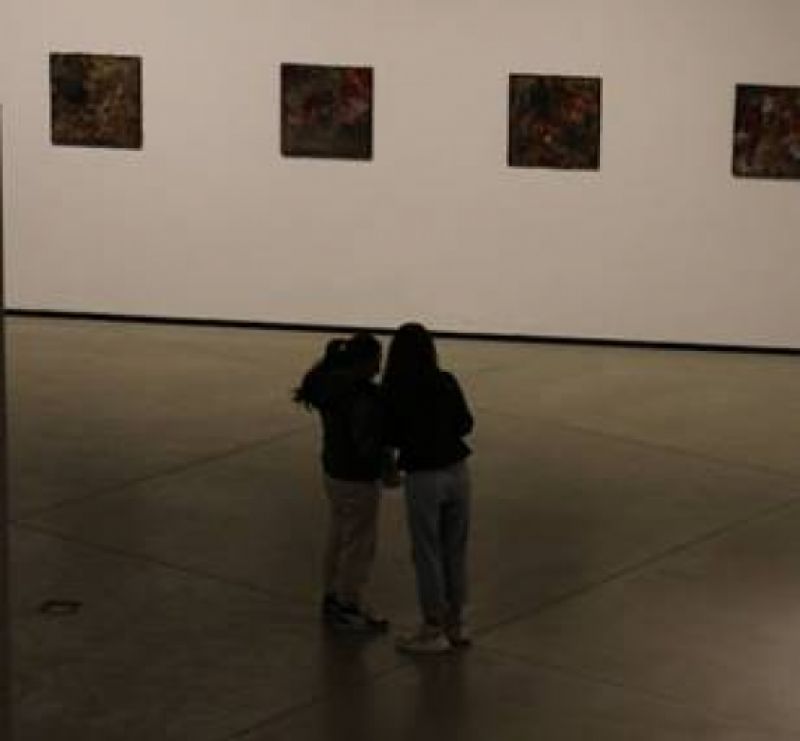
 Art critic Mansura Mammadaliyeva attended the exhibitions on their opening day, June 8, and initially shared her first impressions of the artworks. She noted that the central theme of both exhibitions revolves around the existential crisis experienced by modern individuals, delving into their inner selves, fears, and anxieties.
Art critic Mansura Mammadaliyeva attended the exhibitions on their opening day, June 8, and initially shared her first impressions of the artworks. She noted that the central theme of both exhibitions revolves around the existential crisis experienced by modern individuals, delving into their inner selves, fears, and anxieties.
Regarding Aida Mahmudova's "Heaven Can Wait" exhibition, Mammadaliyeva praised the synergy between the artworks and their presentation, encompassing lighting, sound effects, and overall presentation. However, she found the message conveyed by the exhibition to be complex and elusive.
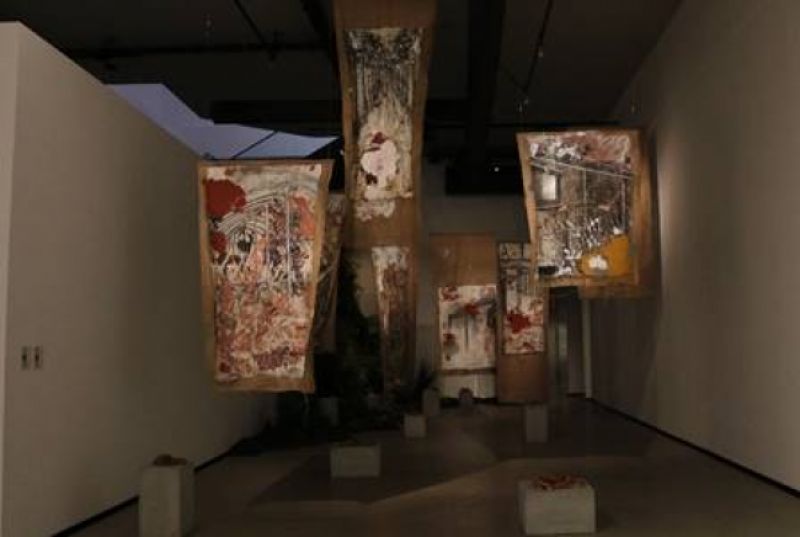
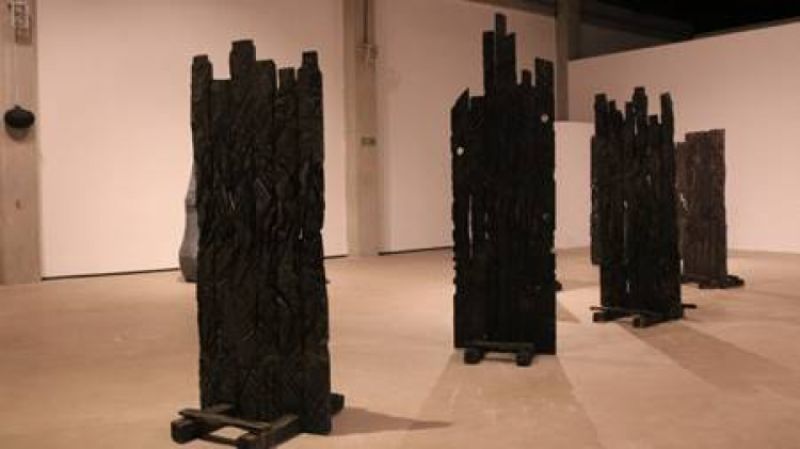 "While the exhibition featured canvas works, graphic pieces employing various techniques, and abstract paintings with striking impasto effects that explored the intersections of time, space, and the relationship between nature and humanity, it failed to transparently communicate its concept," Mammadaliyeva observed. Despite the meticulous attention to detail, the exhibition left her without a profound impact.
"While the exhibition featured canvas works, graphic pieces employing various techniques, and abstract paintings with striking impasto effects that explored the intersections of time, space, and the relationship between nature and humanity, it failed to transparently communicate its concept," Mammadaliyeva observed. Despite the meticulous attention to detail, the exhibition left her without a profound impact.
 On the other hand, Mammadaliyeva found the group exhibition "Seventh Loneliness" to be more successful in conveying its ideas. This exhibition delves into the theme of modern alienation, loneliness in a social context, and the artists' creative interpretations of this theme.
On the other hand, Mammadaliyeva found the group exhibition "Seventh Loneliness" to be more successful in conveying its ideas. This exhibition delves into the theme of modern alienation, loneliness in a social context, and the artists' creative interpretations of this theme. 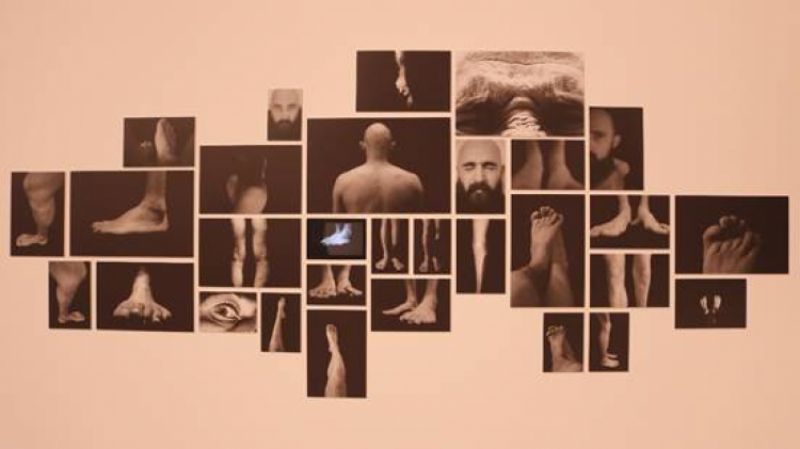 Notable works in the exhibition include Ramal Kazim's large-scale images portraying the struggle between morality and materialism, Eltac Zeynalov's thought-provoking black-and-white photo-video installation titled "My Left Leg," and Novruz Mammadov's "Perfect Surface," which reflects an alternative perspective on loneliness.
Notable works in the exhibition include Ramal Kazim's large-scale images portraying the struggle between morality and materialism, Eltac Zeynalov's thought-provoking black-and-white photo-video installation titled "My Left Leg," and Novruz Mammadov's "Perfect Surface," which reflects an alternative perspective on loneliness.
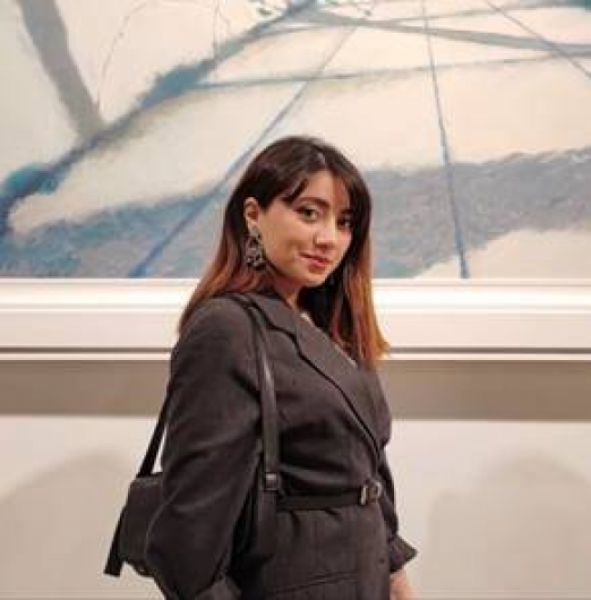
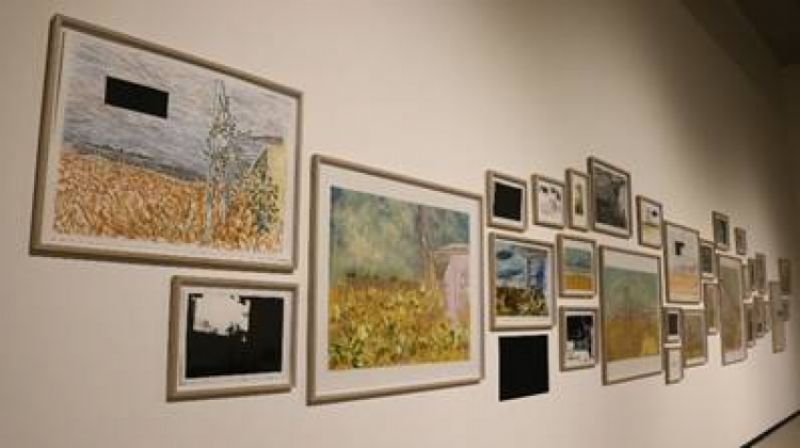 Contrasting opinions came from art critic Ulker Aliyeva, who emphasized the significance of "Heaven Can Wait" as a commentary on the "pathology of the self." Ulker praised the exhibition's concept, which explores the dialogue between an individual and their inner self across time and space. The exhibition's dark, immersive environment, combined with sound effects, invites viewers to reflect on profound questions about the human condition.
Contrasting opinions came from art critic Ulker Aliyeva, who emphasized the significance of "Heaven Can Wait" as a commentary on the "pathology of the self." Ulker praised the exhibition's concept, which explores the dialogue between an individual and their inner self across time and space. The exhibition's dark, immersive environment, combined with sound effects, invites viewers to reflect on profound questions about the human condition.
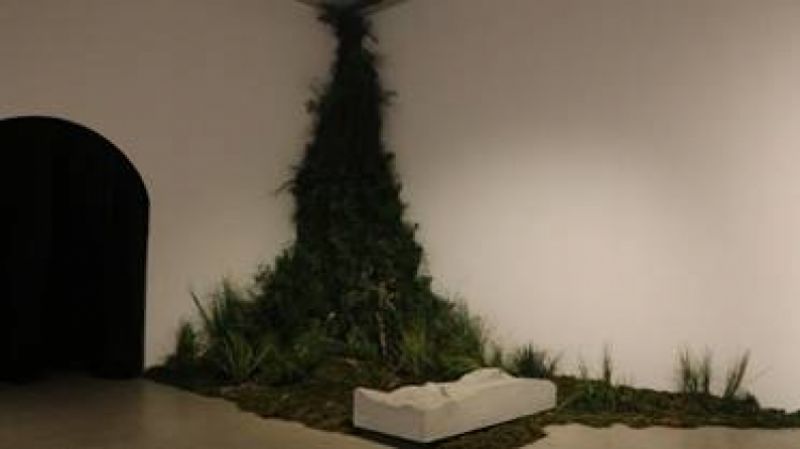 Ulker Aliyeva suggested that the perpetual struggle between the self and its inner demons is a timeless endeavor.
Ulker Aliyeva suggested that the perpetual struggle between the self and its inner demons is a timeless endeavor. 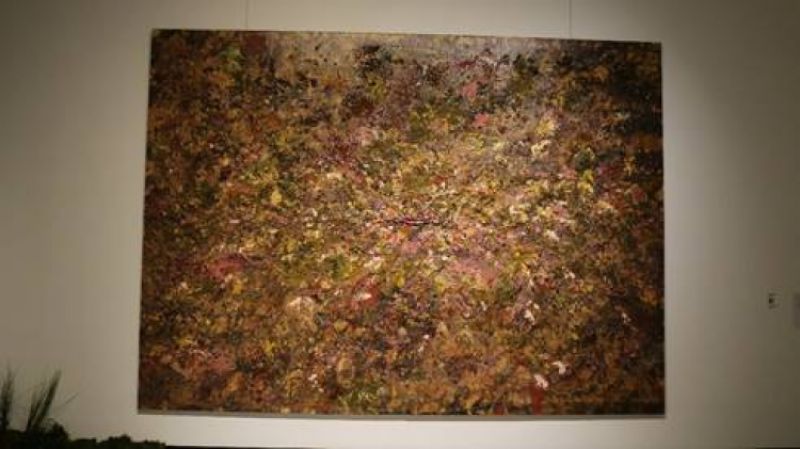 The exhibition prompts contemplation about the choices individuals make in navigating the space between heaven and hell, ultimately asking if this decision is made by themselves.
The exhibition prompts contemplation about the choices individuals make in navigating the space between heaven and hell, ultimately asking if this decision is made by themselves.
The exhibition also features various landscapes and spatial images executed in different techniques, exploring the interplay of space and time.
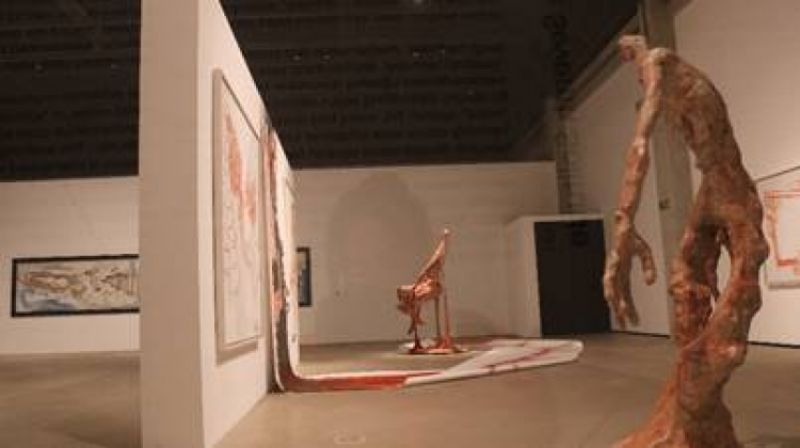 Regarding the group exhibition "Seventh Loneliness," Ulker Aliyeva drew attention to its conceptual foundation, rooted in the philosophy of Friedrich Nietzsche. The exhibition delves deep into the concept of loneliness, not merely as isolation from society, but as a chaotic inner solitude where individuals confront their inner identity.
Regarding the group exhibition "Seventh Loneliness," Ulker Aliyeva drew attention to its conceptual foundation, rooted in the philosophy of Friedrich Nietzsche. The exhibition delves deep into the concept of loneliness, not merely as isolation from society, but as a chaotic inner solitude where individuals confront their inner identity.
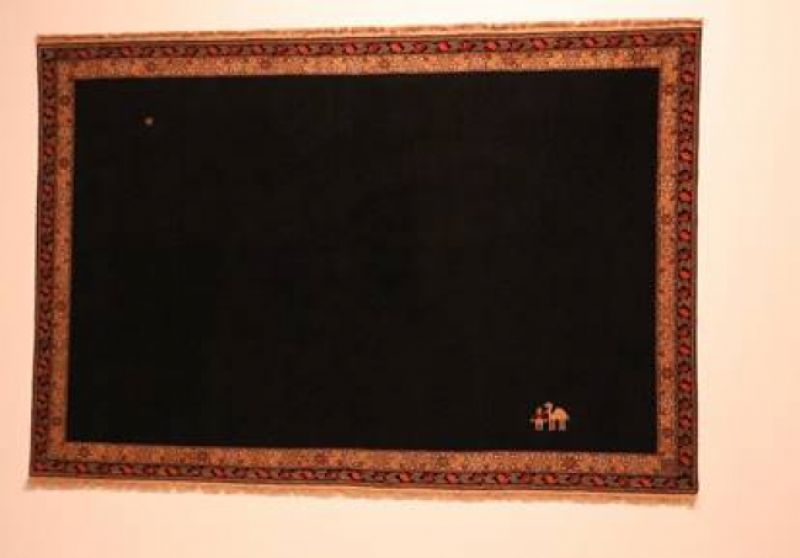 Aliyeva highlighted specific works within the exhibition, such as Tarlan Gorchu's unique approach to carpet weaving, emphasizing minimalism and feelings within the black space.
Aliyeva highlighted specific works within the exhibition, such as Tarlan Gorchu's unique approach to carpet weaving, emphasizing minimalism and feelings within the black space.
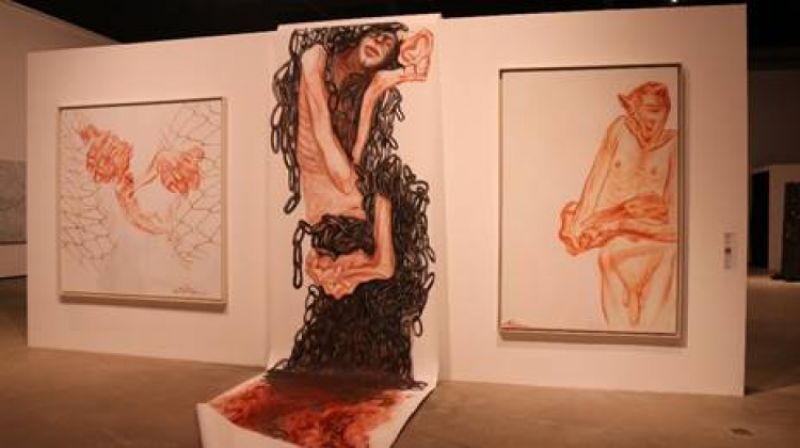 Both exhibitions, according to Aliyeva, approach themes of internal identity and existential anxiety through a contemporary lens, making them relevant not only to today but to various periods in time. In a world inundated with information, these exhibitions remind viewers of the enduring inner struggles faced by individuals.
Both exhibitions, according to Aliyeva, approach themes of internal identity and existential anxiety through a contemporary lens, making them relevant not only to today but to various periods in time. In a world inundated with information, these exhibitions remind viewers of the enduring inner struggles faced by individuals.
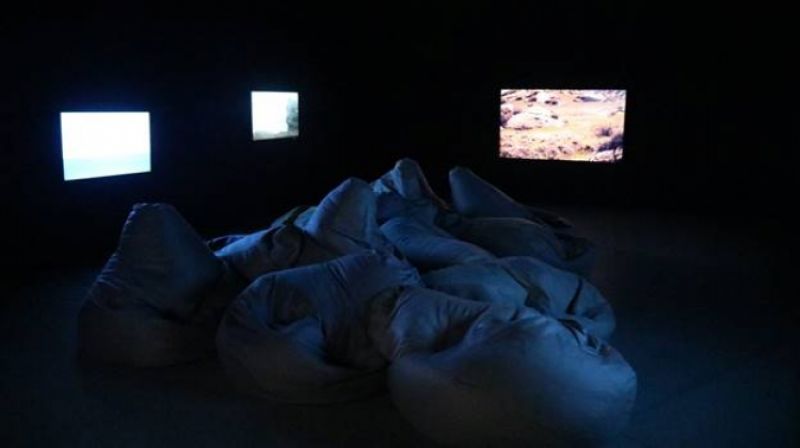 In conclusion, Ulker Aliyeva noted the distinct design approaches of both exhibitions. "Heaven Can Wait" engages viewers with an immersive experience, transitioning from a bright white corridor to a dark space, while "Seventh Loneliness" places its conceptual framework at the forefront.
In conclusion, Ulker Aliyeva noted the distinct design approaches of both exhibitions. "Heaven Can Wait" engages viewers with an immersive experience, transitioning from a bright white corridor to a dark space, while "Seventh Loneliness" places its conceptual framework at the forefront.
These exhibitions, rich with philosophical depth, challenge viewers to think critically and engage with the diverse perspectives offered by contemporary artists. For both artists and art enthusiasts, they serve as a testament to the exploration of different ideas and concepts within the realm of contemporary art.
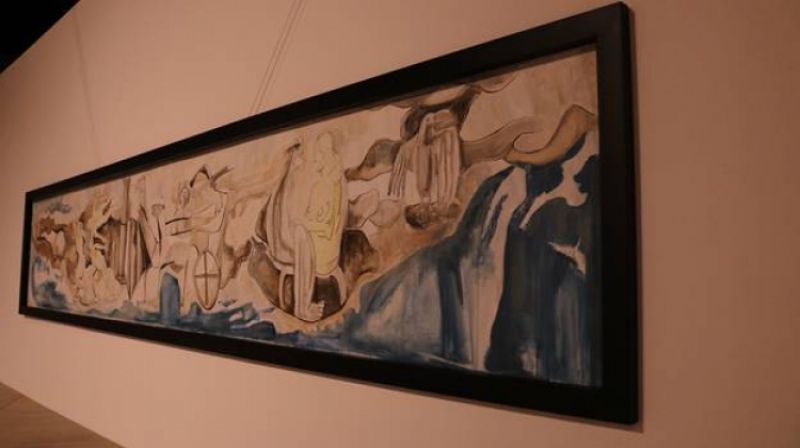











































Leave a review